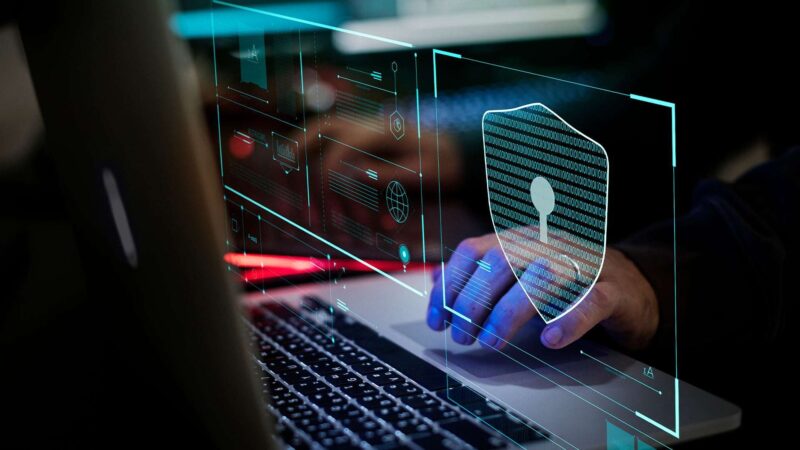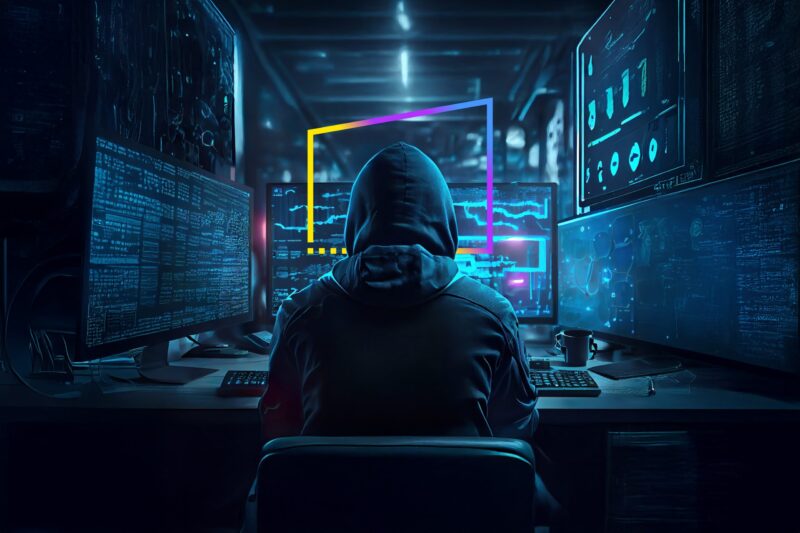India is rapidly emerging as a global leader in anti-piracy solutions. Once considered a soft spot in global digital IP enforcement, the country is now taking decisive steps to address the growing threat of piracy—through smarter laws, scalable technology, and a cultural shift in how digital ownership is understood.
From streaming platforms and software developers to courtrooms and cyber law firms, anti-piracy technology in India is no longer reactive or niche.
It’s a national priority—one that is being addressed with layered, data-driven, and often innovative solutions.
In this article, we break down what’s fueling India’s rise in this space, how it compares globally, and what tools and frameworks are helping protect its digital economy from the inside out.
Piracy’s Expanding Reach: Not Just About Movies Anymore

When people think of piracy in India, they often picture bootleg Bollywood films or illegal music downloads. But the landscape today is far more complex.
Piracy now threatens:
- SaaS companies whose backend source code can be lifted and re-used under fake branding
- Edtech platforms, where screen-recorded lectures get rehosted and monetized on other sites
- Media outlets and paid newsletters, which find their content scraped and redistributed
- Gaming and app developers, whose builds are cloned and released under other names
India’s digital ecosystem has matured—startups are creating original codebases, universities are publishing proprietary research, and content platforms are launching globally. But with that growth comes the heightened risk of theft at every level.
Legal Systems Are Starting to Bite Back
India’s legal response to piracy was once slow and outdated, often relying on aging copyright frameworks. Today, it’s catching up—and evolving fast.
A few years ago, enforcement was mostly reactive. Now, courts are issuing dynamic injunctions that allow content takedowns even before release, a practice once seen only in top-tier jurisdictions. Rights holders don’t need to wait for content to be pirated—they can preemptively block known distribution routes.
Equally important is the growing synergy between digital rights groups, enforcement authorities, and corporate legal teams, all working to streamline litigation and bolster compliance. Businesses are no longer helpless in the face of IP theft—they now have tools to act decisively, even cross-border.
The Cultural Shift: Awareness Is Rising
Technology and law can only go so far without support from the people using digital products. And that’s where India is seeing one of its most significant changes: cultural awareness.
Today’s internet users are beginning to understand that piracy isn’t just a victimless shortcut. It has real consequences:
- Pirated software often includes hidden malware, spyware, or trojans that can compromise security
- Watching or sharing stolen content reduces funding and value for original creators
- Trustworthy platforms offer not just quality, but long-term value and reliability
This growing understanding—especially among younger, digitally literate audiences—is starting to shift expectations. Platforms are being held accountable for security, while users are becoming more conscious about what they click and share.
Real-Time Detection: Why Speed Matters More Than Ever

One of the most critical evolutions in India’s anti-piracy effort is the rise of real-time monitoring and automated detection. Pirated content can now spread across hundreds of domains and platforms within hours. Waiting days or weeks to act simply isn’t viable anymore.
Here’s how the process works in practice:
- AI-powered software scans forums, torrents, chat apps, and social media in real time
- Suspicious uploads are flagged instantly and matched to original content databases
- Companies can either take down the content automatically or escalate it for legal response
This shift from manual takedowns to automated, pattern-based recognition is drastically reducing the lifecycle of pirated material.
Watermarking Today: Invisible, Intelligent, and Strategic
Digital watermarking has matured from visible logos and timestamps into a far more strategic and technical tool. Businesses are embedding invisible, user-specific signatures into content—whether it’s a PDF, video, software module, or training course.
These modern watermarks:
- Can trace a leaked asset back to the exact user or session where it originated
- Are impossible to remove without damaging the original file
- Serve as a deterrent, especially within corporate ecosystems where internal leaks are possible
And here’s the critical part: the presence of watermarking doesn’t degrade the user experience. It silently but effectively protects high-value assets—especially useful for licensing, client demos, or partner-facing previews.
Rethinking DRM: Less Friction, More Flexibility
If DRM used to be a dirty word, it’s time to re-evaluate. The old complaints—clunky software, broken access, frustrating user limits—are being addressed by new, flexible DRM systems built with modern UX in mind.
The current generation of DRM tools now supports:
- Token-based access for time-limited viewing
- Geo-fencing to prevent region-based misuse
- Device-binding for access only on approved hardware
- Stream-only content that prevents downloads altogether
Most importantly, this is all happening behind the scenes. The friction is lower, the control is stronger, and both businesses and users win.
For a country with growing SaaS, publishing, and digital education sectors, that’s a major leap forward.
Making Piracy Pointless: The Rise of Code Obfuscation

For Indian developers, especially in the app and software sector, source code is often the crown jewel. Once it’s stolen, the damage is hard to reverse. That’s why code obfuscation has become a go-to method for protecting against reverse engineering.
What makes it effective?
- It turns readable code into indecipherable logic without affecting performance
- It frustrates unauthorized users trying to dissect functionality
- Combined with device-level authentication, it makes stolen code unusable
This layer of protection is especially critical for fintech apps, healthcare platforms, and B2B software tools—where proprietary systems give startups a competitive edge.
Internal Threats: Piracy Doesn’t Always Come From the Outside
Here’s something many companies overlook: piracy often starts internally. Employees, former contractors, or partners with too much access can leak valuable assets.
This is why anti-piracy is not just about technical firewalls—it’s about policy, people, and culture.
Smart organizations now:
- Define role-based access and limit unnecessary permissions
- Include strong IP protection clauses in contracts and NDAs
- Run employee training around digital asset value and breach consequences
- Monitor activity logs and usage patterns for unusual behavior
Piracy prevention begins long before the leak—it starts with how companies manage their teams and workflows.
The New Normal Is Making Decisions Based on Data

Data is better than gut feeling in today’s society. Anti-piracy technologies now provide extensive statistics, such as where the leak came from, how it propagated, who accessed it, and which areas are more likely to have infringement.
Companies with the assistance of doverunner are utilising this information to improve their pricing, licensing, marketing, and even the design of their products. Anti-piracy is no longer only a security issue. It is part of the bigger business intelligence system.
From Passive Protection to Proactive Defense
India is no longer playing catch-up when it comes to digital IP protection. Its businesses, legal bodies, and tech leaders are making coordinated, strategic decisions that reflect the scale and complexity of the threat.
What’s changed most is the mindset: piracy is no longer seen as an unavoidable side effect of growth. It’s now recognized as a solvable problem—one that, when tackled effectively, strengthens not just security but reputation, scalability, and innovation potential.
And with that, the question is no longer “Can you afford to invest in anti-piracy?”
It’s: Can you afford not to?
FAQs
1.What makes India’s anti-piracy efforts different from other countries?
India’s approach is unique because it blends rapid digital growth with grassroots cultural shifts. While many countries rely heavily on top-down enforcement, India is combining legal evolution, public awareness, and real-time monitoring at scale.
2. Are there government-led initiatives specifically targeting piracy in India?
Yes. Apart from judicial measures, Indian authorities have formed specialized cybercrime units in many states that focus on intellectual property theft and digital piracy. The Ministry of Electronics and Information Technology (MeitY) also collaborates with private entities to strengthen cybersecurity and IP protection frameworks, although many anti-piracy efforts remain industry-led at the operational level.
3. How can smaller Indian businesses or creators protect their digital content?
While large corporations may afford advanced anti-piracy tools, smaller businesses can still implement practical measures. These include using modern watermarking platforms (like Digimarc or Imatag), registering copyrights with the Indian Copyright Office, and relying on services that monitor common piracy channels. Cloud-based DRM platforms now offer scalable pricing, making it easier for startups and content creators to afford protection.
4. What role do ISPs (Internet Service Providers) play in India’s anti-piracy enforcement?
ISPs are increasingly being asked by courts to block access to pirated content under dynamic injunctions. However, their role is often reactive and compliance-driven. Some experts argue that ISPs could contribute more proactively by flagging high-risk traffic patterns or participating in takedown workflows. There’s ongoing debate about their liability and responsibilities under Indian cyber law.

